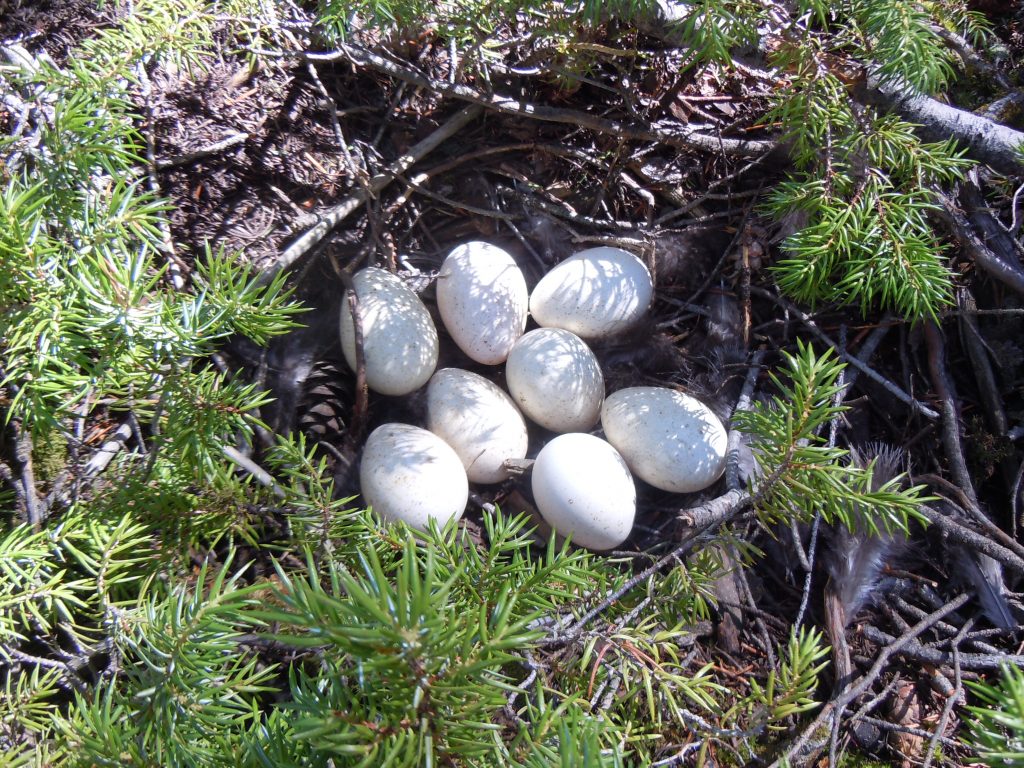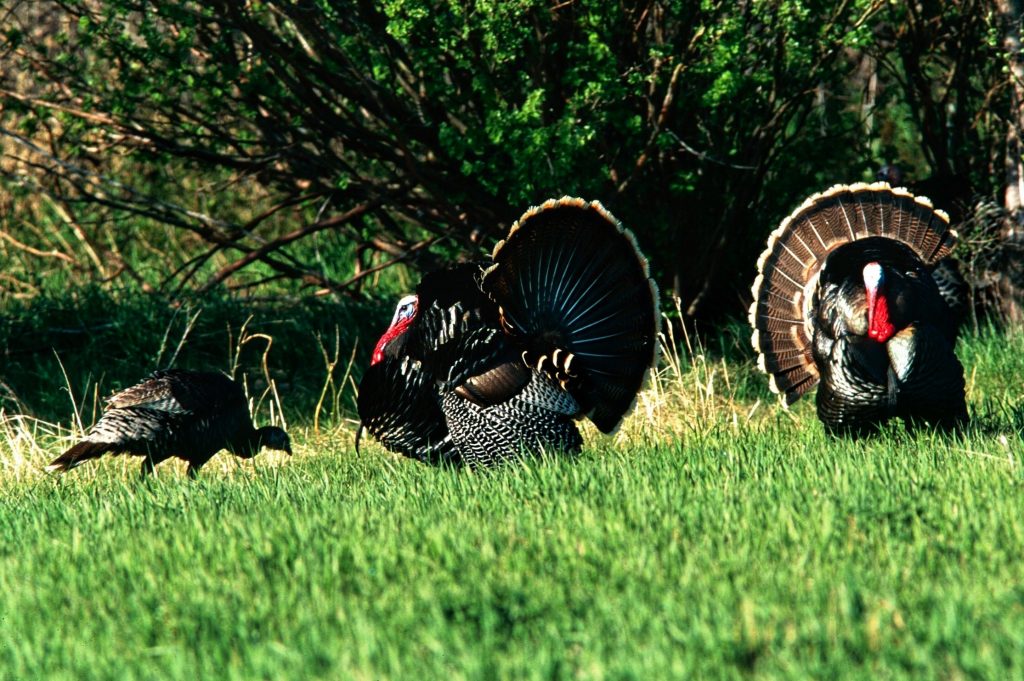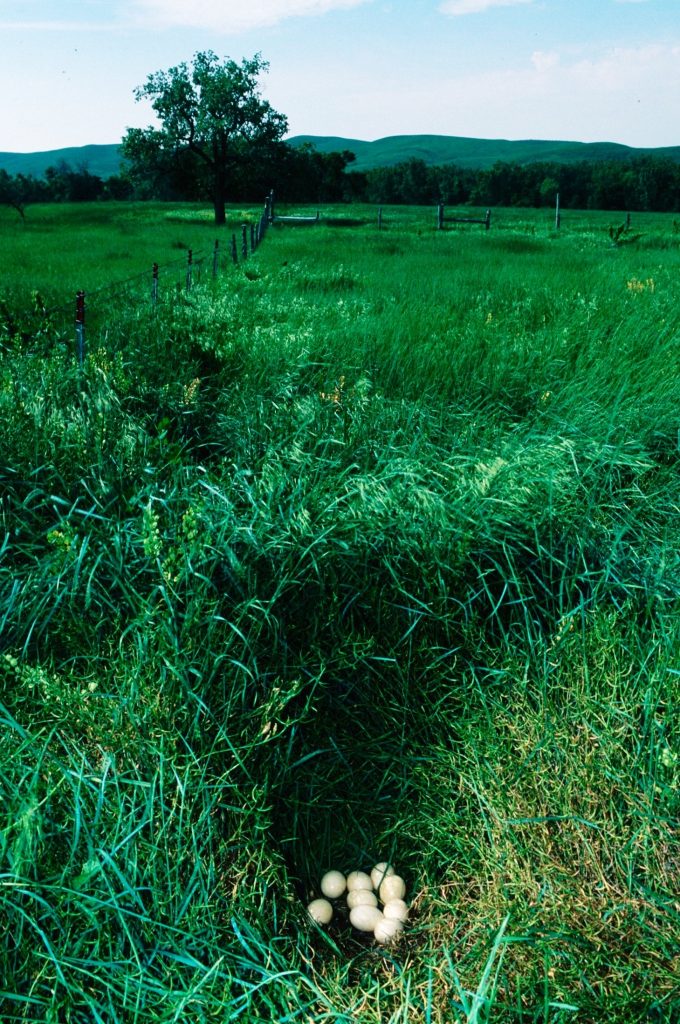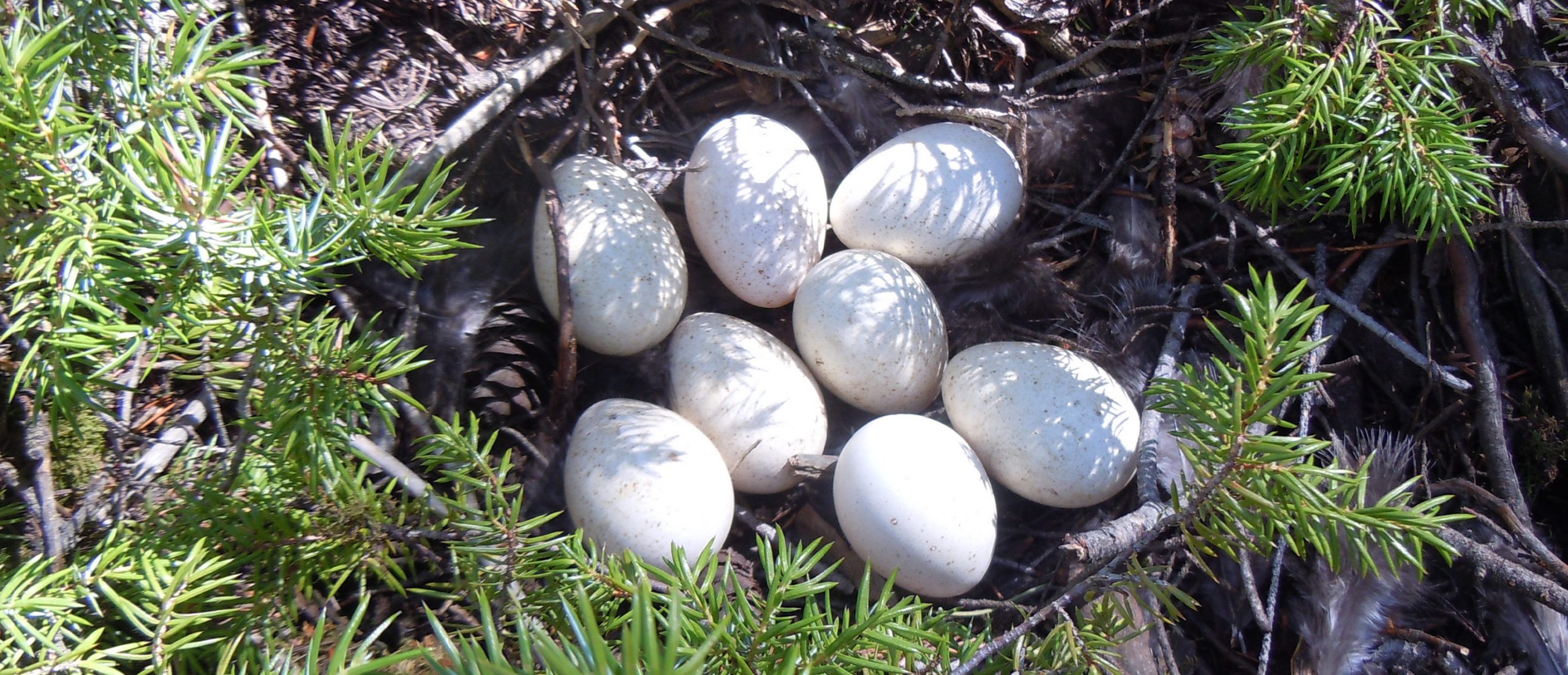The Wild Turkey Nesting Ritual
These delicate essentials of wild turkey recruitment are priceless to sound populations, and their presence dictates much of the spring breeding ritual. Each passing day hens transfer more attention to nest care than noticing toms. Here is what you can expect with each nearing day to summer in the world of turkey nesting.
As winter transitions to spring, large winter flocks of turkeys break into smaller flocks. Most hens are not quite ready for breeding, even though the hormonal gauge nears its peak in toms prior to the hens. Nesting is still weeks away, but toms do their best to impress with daily fanning rituals accompanied by increased gobbling. Regardless, you know that breeding season is set to launch soon and is triggered by increasing hours of daylight. You can compare this early spring uptick to the whitetail pre-rut. Whitetail buck testosterone typically peaks in whitetails bucks two weeks prior to any does arriving into estrus. Some hens inevitably will breed early, but the majority will slowly allow the advances of wooing toms.

Weather extremes may dampen dating activities, but hormones run the show now. Cold spells or heatwaves could decelerate activity, but in the South, expect turkey breeding in March, and in northern regions, April and into early May experience the majority of breeding activity.

As serious dating begins, female turkeys discreetly begin searching for a secretive nesting site. An interesting wild turkey fact is that a hen can be bred a single time and store the semen to efficiently fertilize an entire clutch of eggs. Talk about an annoyance of more-than-willing toms who only experience breeding once a year!

Once hens have carefully ascertained the location of their nest, they begin laying one egg daily. Breeding may continue throughout the two-week period it takes her to accumulate approximately a dozen eggs. As hens deposit eggs, the slow increase of missing hens begins to create anxiety in toms looking to continue the breeding pastime. One or two missing hens at the beginning of nesting likely goes unnoticed, but near the end of breeding season a tom increasingly finds itself lonelier than the Maytag repair man.

Hens start tending the nest 24/7 when the last egg is deposited. They leave for brief feeding trips and occasionally rotate eggs for uniform incubation. After 26 to 28 days, poults hatch and new batches of turkeys take to the fields.
